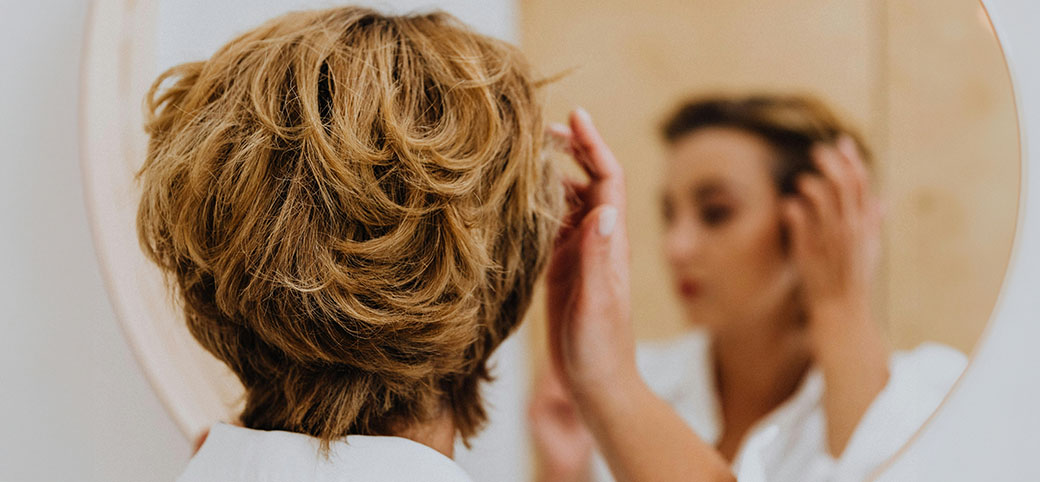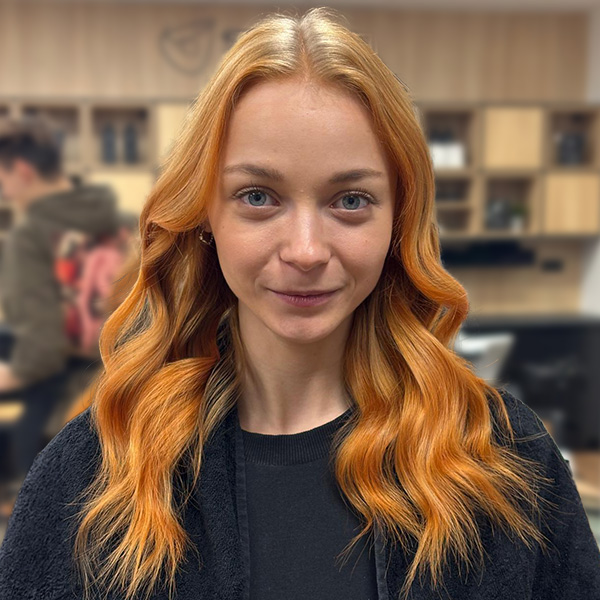
Does styling equal hold?
Today it's different—we expect more from our products! With the right ones, your hairstyle can achieve breathtaking volume, dream texture, silky softness, and essential protection. But that also means you need to be thoughtful in choosing styling products. With tips from stylist and educator Filip Štancl, you'll succeed in no time!
Effect in the Spotlight
Lesson 1: an overview of styling product types. Besides well‑known gels and hairsprays, recent years have brought hair powders, waxes, sea salt sprays, and more. The range is more diverse, yet more complex. Let’s make sense of it.
Gel
Gel can strengthen your hair and mold it into the desired shape. It's also ideal for creating that “wet look” or defining waves.
Wax
Wax is primarily for shaping and holding your style. As a bonus, it leaves hair flexible and soft, so you can reshape your hairstyle throughout the day.
Powder
Hair powders benefit fine and thin hair the most. They add volume, texture, and often absorb excess oil—leaving hair fresh and lightweight.
Mousses & Volumizers
Volume, texture, and hold without weighing hair down—that’s what quality mousses and volumizers do. Use them to create defined waves, tame frizz, or boost volume.
Hairsprays
Hairsprays primarily firm up your style and help it last longer. They also protect against environmental influences.
Sea Salt Sprays
Sea salt sprays add texture and volume while enhancing natural waves. They give the impression that you've spent the day at the beach.
If you're still a bit overwhelmed by all the options, don’t worry. More important than product names are their effects and functionality. Our table helps clarify what result you're actually aiming for.
| Effect | Function | Ideal For |
|---|---|---|
| Volume | Lift hair at the roots | Fine hair, blowouts |
| Texture | An undone, tousled look | Short cuts, wavy hair, finger styling |
| Hold | Keep style in shape all day | Evening looks, bangs, waves |
| Definition | Highlight individual strands or curls | Curly hair, layered cuts |
| Smoothness | Control frizz, enhance shine | Coarse, color‑treated, or dry hair |
Your Hair Type Guides You
Effect is one thing, but a product won’t work as expected unless it matches your hair type. Here’s how to choose.
Fine Hair
If your hair is thin and tends to get oily, choose products designed for fine hair. “This hair also tends to go flat, get weighed down, and lose volume,” explains stylist Filip Štancl. They need light, airy formulations that won’t clump strands. Go for volumizing mousses, light-hold sprays, or texturizing mists. Avoid heavy creams, waxes, and oils that weigh hair down.
Wavy & Curly
This hair type often deals with dryness and tangles. For a polished look, they need hydration, frizz control, and definition. “Styling should hold these hairs, but not harden them,” says Filip Štancl. Define waves with creams and gels, and use mousses for bounce and volume.
Coarse & Unruly
If your hair is thick, coarse, frizz-prone, and lacks shine, you need smoothing and shaping products. “Combine smoothing care with shaping styling,” advises the expert. Use smoothing creams, milks, heavier waxes, and styling oils on the ends.
Watch the Quantity & Damage

You can create a salon-worthy hairstyle at home, especially with quality products and tools. But it’s important to avoid common mistakes.
What are they, according to the stylist?
Product Amount
Proper application of styling products is key. Too much product and hair can go flat under the weight. Start with a small amount and add as needed.
Straightening Damp Hair
This method risks burning your hair before achieving the desired look. Always dry it fully before straightening.
Curling Slightly Damp Hair
If your curls won’t hold, insufficient drying might be the reason.
Heat Tools: Yes, But Use Protection
The biggest mistake is using little or no heat protection. Whenever you pick up a blow dryer, straightener, or curling iron, you risk damaging your hair’s structure. Without protection, even healthy hair gradually dries out, breaks, loses shine, and ages. “Heat protection isn’t an optional step—it’s a basic form of prevention against irreversible damage,” warns Filip Štancl.
How to Choose & Use Heat Protection?
For fine and normal hair, sprays and mists are ideal. For dry, frizzy, or chemically treated hair, pick milk or cream. Apply evenly through damp mid-lengths and ends before blow-drying. Before straightening, apply a small amount to dry hair.
Watch the tool temperature. “Straighteners and curling irons reach up to 200–230 °C. At that temperature, hair literally 'burns' if unprotected. The ideal temperature is around 185 °C,” says the stylist.
Sources: www.healthline.com/health/beauty-skin-care/types-of-hair#style-and-care/ │ www.cosmopolitan.com/style-beauty/beauty/a31956130/hair-types/ │ www.cloudninehair.com/blogs/hair/how-to-find-out-your-hair-type/

